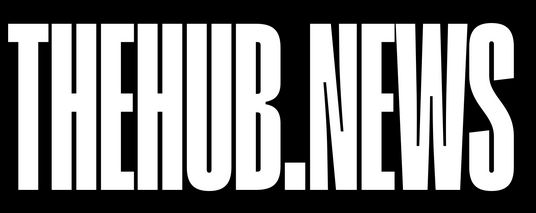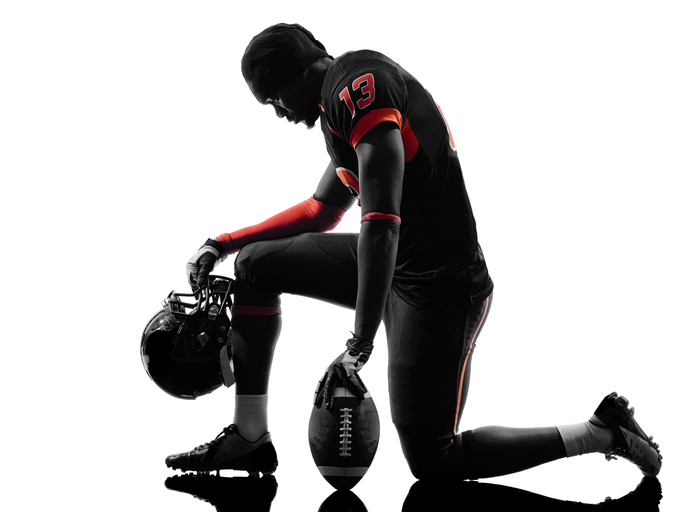“I’m overcharging ni**as for what they did to the Cold Crush. Pay us like you owe us for all the years that you hoed us. We can talk, but money talks, so talk mo’ bucks.”
When Jay-Z spit those bars in “Izzo (H.O.V.A.)”, he could easily have been addressing the compensation issue looming over college athletics. But with the Supreme Court’s decision and subsequent opportunity for athletes to be compensated through NIL deals (Name, Image, Likeness), college athletes should print those lines on a business card and distribute them at every NIL meeting.
Compensating college athletes had been a hotly debated and contested subject for decades. “Student-athletes” put in the time, effort, sacrifice, and sweat to compete for their school, only for the latter to reap the ultimate financial rewards. The NCAA, a 5013c non-profit organization, has always played the mafia boss in the Cosa Nostra-structured world of college sports where sweat equity earns dividends that are paid up the ladder to the NCAA.
And as the players and games improved, the ratings increased and those payments swelled.
The NCAA ruled over the system like a don. They were paid by media companies like CBS Sports, ESPN, and Turner Sports for the rights to their events.
In 2010, CBS/Turner and the NCAA agreed to a 14-year, $10.8 billion deal that would run through 2024. A few years after the ink dried, they agreed to an eight-year, $8.8 billion extension that would run through 2032. That extension, according to SB Nation, put the tournament’s annual TV value at over a billion dollars for the first time in March Madness history.
And the player’s cut?
Crickets.
Schools and conferences, especially those in the Power 5, reaped big benefits as well.
Continue reading over at First and Pen.
This content has been brought to you by First and Pen in partnership with TheHub.News. First and Pen “amplifies local sports stories from voices of color to the national conscience..”
Follow @FirstandPen on Twitter.
Originally posted 2021-07-06 11:00:00.








